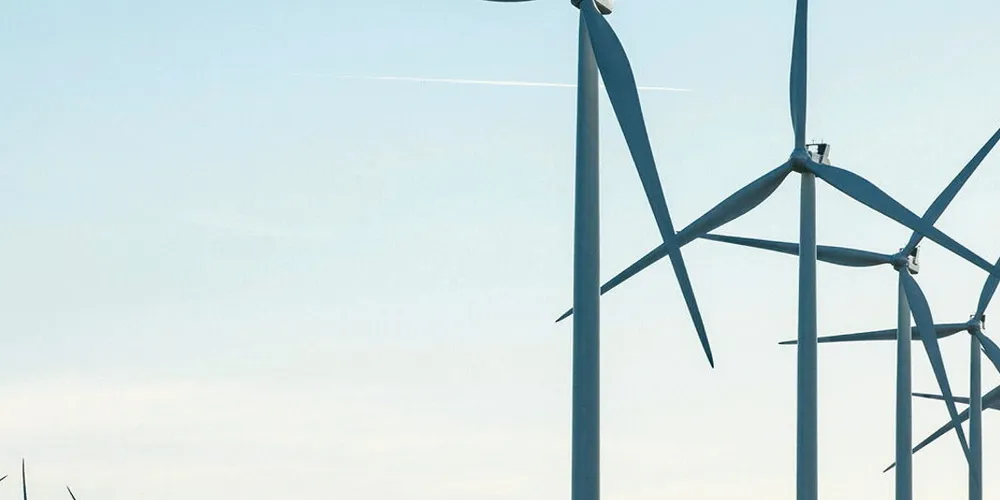Covid renewables surge gives glimpse of energy sector’s future: EY
Hydrogen and AI to play critical roles as renewables are scaled up, business services group says in its latest report on countries’ renewable energy attractiveness

Hydrogen and AI to play critical roles as renewables are scaled up, business services group says in its latest report on countries’ renewable energy attractiveness
